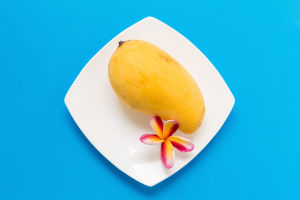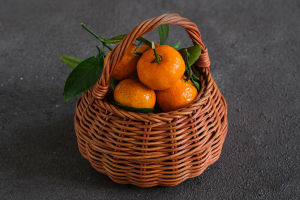Doughnuts are a popular dessert loved by people worldwide.
They are known for their cute appearance, sweet flavor, and crispy texture.
Their origins can be traced back several centuries, and they have evolved and improved over time to become the delightful treat we know today.
Let's delve deeper into the culture, history, and science surrounding this delicious pastry.
Origins and Evolution
The exact origins of the doughnut are unclear, but its prototype can be traced back to medieval Europe. At that time, many European countries had fried dough treats similar to doughnuts.
For example, the Dutch "Olykoeks" (meaning "oil cakes") were made by frying dough balls and sprinkling them with sugar. In the late 17th century, Dutch immigrants brought this sweet treat to America.
By the 19th century, American doughnuts had developed their signature ring shape with a hole in the middle. It is said that the first doughnut hole was invented in 1847 by an American sea captain named Hanson Gregory. Gregory created the hole to ensure the doughnut fried more evenly, avoiding raw dough in the center.
Over time, the preparation methods and ingredients were continually refined, making doughnuts a popular food, and by the early 20th century, they became even more widespread.
Preparation Process
Making doughnuts may seem simple, but it involves many scientific principles. The main ingredients for doughnuts typically include flour, sugar, eggs, milk, and yeast or baking powder. The steps are usually as follows:
1. Dough Preparation: Mix the flour, sugar, eggs, milk, and other main ingredients evenly to form a smooth dough. Yeast or baking powder is used to create gas during fermentation, giving the doughnut a soft texture when fried.
2. Fermentation: Place the dough in a warm environment for fermentation, usually for 1 to 2 hours, allowing it to expand to twice its original size. During this process, fermentation creates tiny air pockets inside the dough, enhancing the doughnut's texture.
3. Shaping and Frying: Roll the fermented dough into a sheet about 1 cm thick, then use a doughnut cutter or shape it by hand into circular rings. Fry in hot oil until golden brown. Controlling the oil temperature is crucial during this process, typically around 180°C (356°F), to ensure a crispy exterior while keeping the inside soft.
4. Decoration and Garnishing: The fried doughnuts can be dusted with powdered sugar, coated with chocolate or glaze, and topped with colorful sprinkles, nuts, or other decorations.
Doughnuts from a Scientific Perspective
The doughnut-making process involves several scientific principles. The fermentation of the dough involves yeast activity, a concept from microbiology.
The frying process involves heat conduction and the Maillard reaction, a complex chemical reaction between sugars and amino acids. This reaction gives the doughnut its golden brown crust and distinctive aroma.
The Maillard reaction is a significant phenomenon in food chemistry. It not only gives food an appealing color and flavor but also affects its texture. When doughnuts are fried at high temperatures, the sugars and proteins on the surface undergo the Maillard reaction, creating a variety of complex compounds.
These compounds enhance the flavor and color of the doughnuts but may also produce potentially harmful substances like acrylamide. Therefore, controlling the frying temperature and time can reduce the formation of harmful substances, improving the doughnuts' health quality.
Future Trends
With growing awareness of health and the pursuit of diverse foods, the doughnut industry is also innovating continuously. For instance, more and more doughnut shops are offering healthier options like low-sugar, whole wheat, gluten-free, or baked varieties.
Additionally, doughnut flavors have become more diverse, with many shops constantly launching limited-edition and seasonal flavors to meet different consumer preferences.
Moreover, 3D printing technology is gradually entering the food production field, and in the future, we may see doughnuts "printed" by 3D printers. This technology will allow for the customization of doughnut shapes, sizes, and ingredients according to individual preferences.
Conclusion
Doughnuts are a simple yet attractive dessert, combining various cultural and historical backgrounds, and are enjoyed worldwide.
Although doughnuts are high in calories and sugar, making them less suitable for excessive consumption, by employing scientific preparation methods and exploring new trends, we can enjoy this delicious treat while also considering health.


